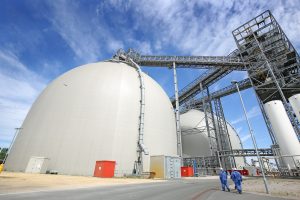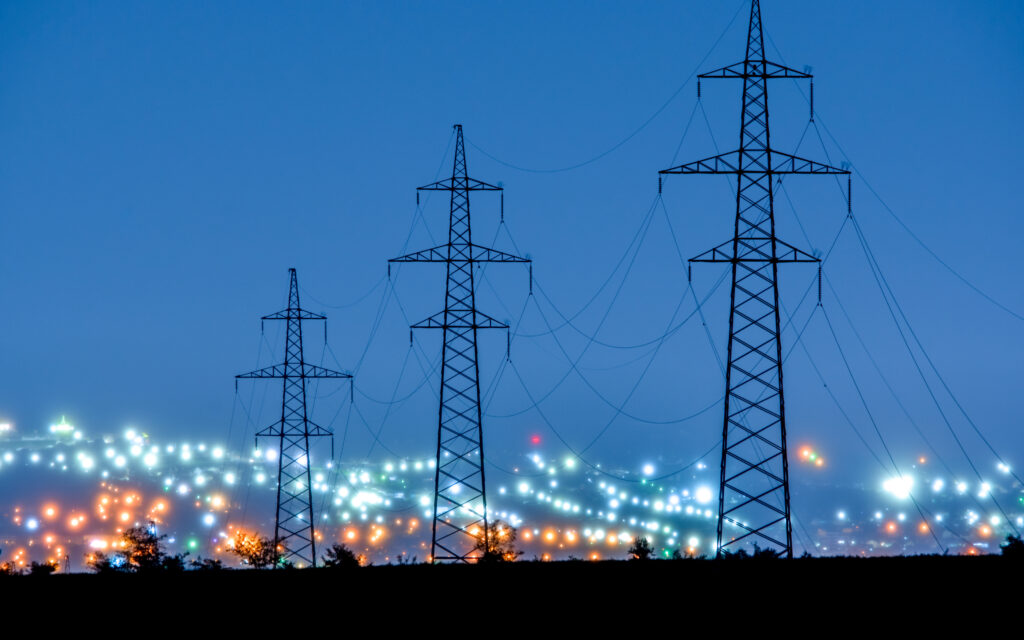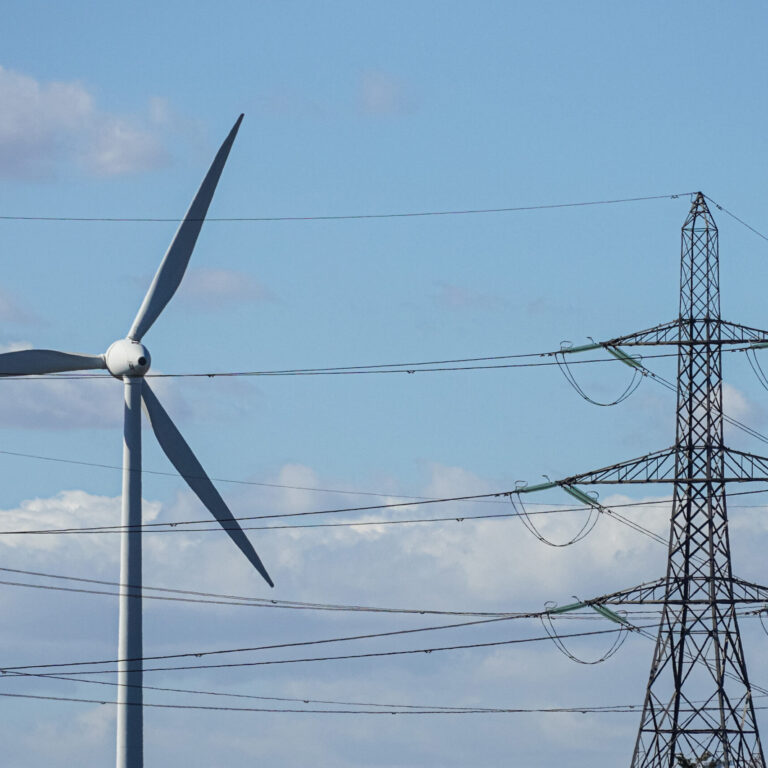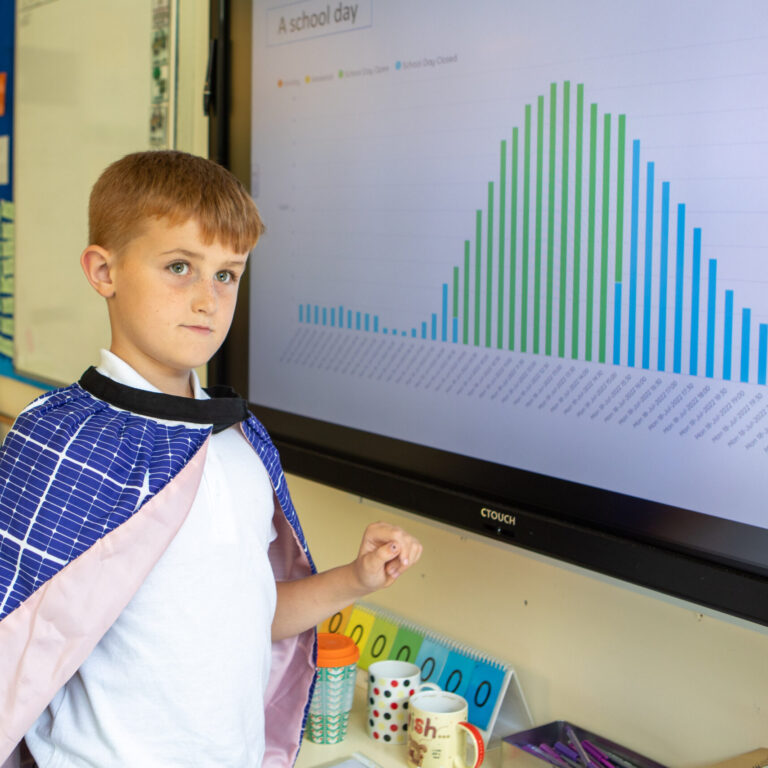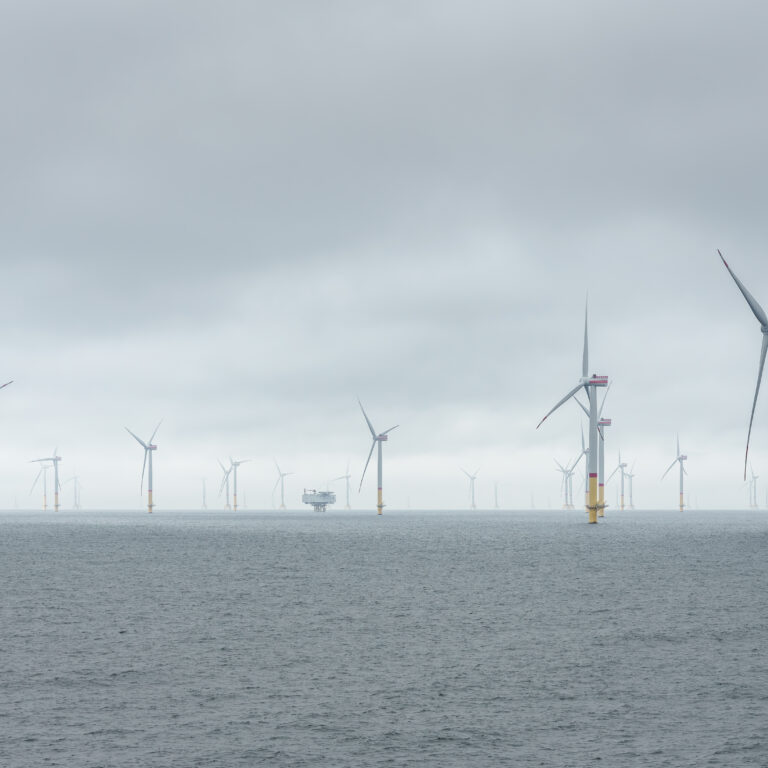A record 20% of the country’s electricity demand was met by imports from Europe during the second quarter of 2024. Imports accounted for more than double the volume of power generated by the country’s solar panels, and even nearly overtook gas the first time ever. The UK’s imported power is brought ashore through a series of underwater cables known as interconnectors.
Britain has imported electricity from abroad since 1961 but changing power grids and trading rules has led to a sharp rise both in the number of interconnectors, and the volume of power flowing into the country in recent years. During the second quarter of 2024, Britain imported 12.2 TWh, while exports were just 3 TWh.
The findings have been released as part of the next instalment of the quarterly Drax Electric Insights report. The publication is an independent report by academics from Imperial College London commissioned by Drax through Imperial Consultants.
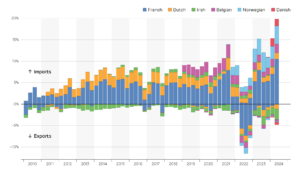
Gross electricity imports and exports as a share of British electricity demand each quarter
“Much of Britain’s conventional power generators like coal and nuclear stations have retired in recent years,” explained Dr Iain Staffell of Imperial College London, and lead author of the quarterly Drax Electric Insights report series. “Fewer dispatchable generators means less competition and higher prices, making cheaper electricity from the continent much more attractive to import. The government must be mindful of the need to retain sufficient dispatchable generation capacity on our system for both energy security and affordability reasons as it works towards its ambition of having a clean power grid by 2030. Britain is always going to need weather-proof sources of power to keep the lights on.”
He continued: “There’s been a huge rise in the volume of solar power capacity installed on the continent. Germany has installed 14 times as much solar capacity in the last three years as the UK to cut its reliance on Russian gas. That means in spring and summer months there is often an abundance of cheap electricity on the continent which the UK can import.”
While some may see this increasing reliance on imports as a risk to energy security, Dr Staffell thinks these interconnectors will increasingly be used by the UK to export power as the renewables revolution takes hold here.
“As long as we maintain sufficient homegrown, dispatchable generation on the system then interconnectors can actually strengthen our energy security. The new government wants to make Britain a clean energy superpower, and if we achieve the scale of installed renewables that is being talked about, we simply won’t be able to use all of the power we generate here in the UK,” he said. “Being able to either store this power at home through more storage capacity or selling it abroad is an attractive proposition. During periods of high winds in the North Sea but calmer weather on the continent, exporting power could be potentially lucrative for the UK and help to lower bills for consumers here.”
One of the newest interconnectors helping to supply record volumes of imported power is the North Sea Link project which links Britain to Norway. It started operations in 2021 and can transport 1.4 GWs of electricity – meaning that if it was a conventional power station, it would be Britain’s seventh largest by capacity.
The Scandinavian state has more than 1,200 hydro storage reservoirs and more than double the number of pumped storage hydro plants than the UK. This enormous hydro storage capacity is increasingly being used to balance out drops in supply from intermittent sources of electricity such as wind and solar farms.
The UK has just four pumped storage hydro plants despite the increasing need for enhanced storage capacity to manage an intermittent power grid. No new plant has been built in the country since 1984, with barriers to securing private investment leaving many potential projects in limbo.
Drax is currently progressing an £80 million upgrade to its Cruachan pumped storage facility in Scotland and has exciting plans to build a brand-new 600 MW plant adjacent to the existing site.
Ian Kinnaird, Drax’s Scottish Assets Director, said:
“As the UK becomes more reliant on wind and solar power, we will need other sources of electricity to keep the lights on when the wind doesn’t blow, or the sun doesn’t shine.
“At Drax, we believe a new generation of pumped storage hydro plants can play a pivotal role in enhancing UK energy security. With the right support from government, we can move forward with our plans to build the country’s first new pumped storage hydro plant in a generation at Cruachan. It’s an incredibly exciting project that will support almost a thousand jobs and leave the UK with a more secure energy grid.”
Read the full Q2 2024 Electric Insights report here.
ENDS
Notes to editor
- Overall, Britain imported 12.2 TWh last quarter, more than the country’s nuclear output (10.7 TWh), and close to total production from fossil fuels (13.6 TWh). In comparison, exports were just 3 TWh.
- The country spent £1.561 billion on electricity imports during Q2 2024.
- Much of Britain’s conventional generation has retired in the last decade, with 18 GW of coal, 4 GW of nuclear, and 3 GW of gas power shutting down
- Germany installed 28 GW of solar PV in the last three years, the Netherlands installed 14 GW, while the UK completed 2 GW.
Media contacts:
Kieran Wilson
E: kieran.wilson@drax.com
T: 07729092807
About Electric Insights
- Electric Insights is commissioned by Drax and delivered by a team of independent academics from Imperial College London, facilitated by the college’s consultancy company – Imperial Consultants. The quarterly report analyses raw data made publicly available by National Grid and Elexon, which run the electricity and balancing market respectively, and Sheffield Solar.
- Electric Insights Quarterly focuses on supply and demand, prices, emissions, the performance of the various generation technologies and the network that connects them.
- The quarterly reports from the last four and a half years can be access at the new website electricinsights.co.uk alongside the interactive electricinsights.co.uk which provides data from 2009 until the present.
- You can embed Electric Insight’s live dashboard on your website or blog to keep track of what’s happening in the power grid through a new widget.
About Drax:
Drax Group’s (Drax) purpose is to enable a zero carbon, lower cost energy future and in 2019 announced a world-leading ambition to be carbon negative by 2030, using bioenergy with carbon capture and storage (BECCS) technology.
Drax’s c.3,500 employees operate across three principal areas of activity – electricity generation, electricity sales to business customers and compressed wood pellet production and supply to third parties. For more information visit www.drax.com
Power generation:
Drax owns and operates a portfolio of renewable electricity generation assets in England and Scotland. The assets include the UK’s largest power station, based at Selby, North Yorkshire, which supplies four percent of the country’s electricity needs.
Having converted Drax Power Station to use sustainable biomass instead of coal it has become the UK’s biggest renewable power generator. It is also where Drax is piloting the negative emissions technology BECCS within its CCUS (Carbon Capture Utilisation and Storage) Incubation Area.
Its pumped storage, hydro and energy from waste assets in Scotland include Cruachan Power Station – a flexible pumped storage facility within the hollowed-out mountain Ben Cruachan.
The Group also aims to build on its BECCS innovation at Drax Power Station with a target to deliver 4 million tonnes of negative CO2 emissions each year from new-build BECCS outside of the UK by 2030 and is currently developing models for North American and European markets.
Pellet production and supply:
The Group has 18 operational pellet plants and developments with nameplate production capacity of around 5 million tonnes a year.
Drax is targeting 8 million tonnes of production capacity by 2030, which will require the development of over 3 million tonnes of new biomass pellet production capacity. The pellets are produced using materials sourced from sustainably managed working forests and are supplied to third party customers in Europe and Asia for the generation of renewable power.
Drax’s pellet plants supply biomass used at its own power station in North Yorkshire, England to generate flexible, renewable power for the UK’s homes and businesses, and also to customers in Europe and Asia.
Customers:
Drax supplies renewable electricity to UK businesses, offering a range of energy-related services including energy optimisation, as well as electric vehicle strategy and management.
To find out more go to the website www.energy.drax.com






